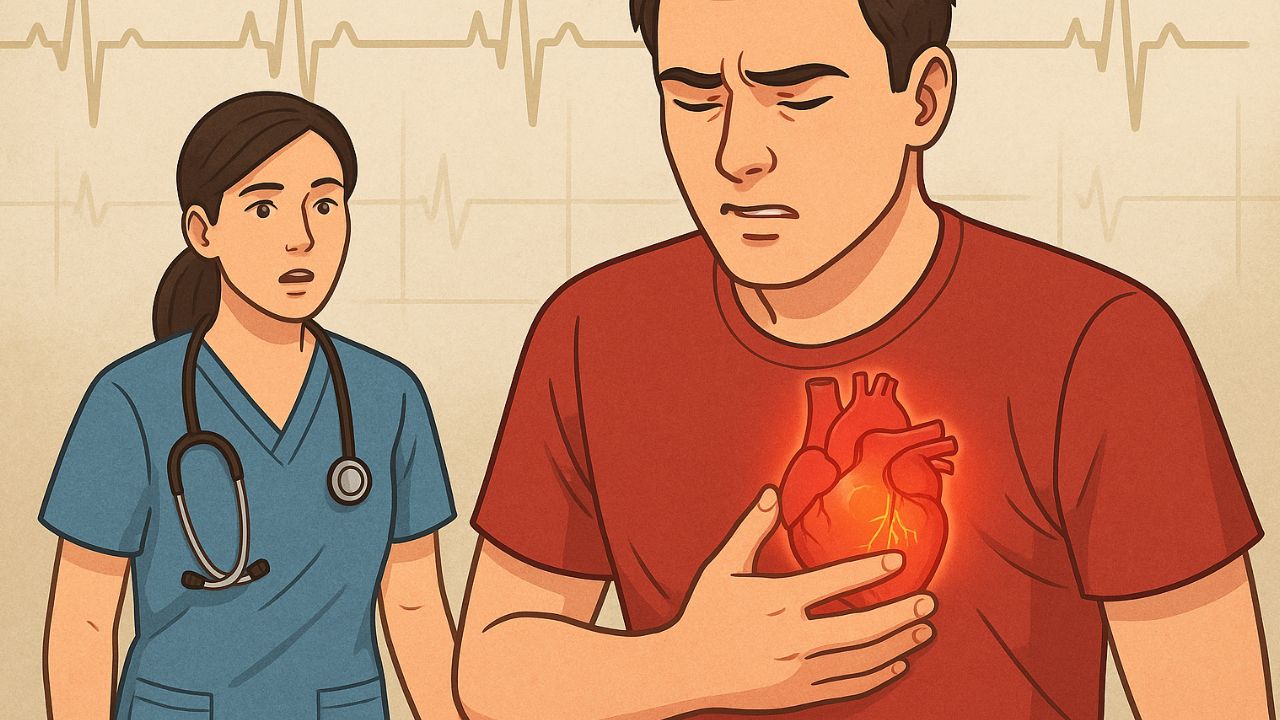When an emergency strikes, a well-coordinated team can mean the difference between life and death. In the context of cardiopulmonary resuscitation (CPR), effective team dynamics are critical to ensuring high-quality care and improving survival rates. At One Love CPR, we emphasize the importance of teamwork in our training programs, equipping individuals and teams with the skills to perform seamlessly under pressure.
This article explores the principles of effective team dynamics during CPR, the roles within a resuscitation team, and how One Love CPR prepares you to contribute confidently to life-saving efforts.
Why Team Dynamics Matter in CPR
During a cardiac emergency, time is of the essence. A team that communicates effectively, assigns roles clearly, and works cohesively can deliver high-quality CPR with minimal interruptions. According to the American Heart Association (AHA), team dynamics directly impact the quality of care provided, which in turn affects patient outcomes.
Key Elements of Effective Team Dynamics
- Clear Communication
- Use direct, concise language to avoid misunderstandings.
- Confirm instructions with a verbal acknowledgment, such as “Chest compressions starting now.”
- Avoid overlapping commands by designating a leader to coordinate efforts.
- Defined Roles and Responsibilities
Assigning specific roles ensures each team member knows their tasks and can focus on performing them efficiently. Common roles include:- Compressor: Delivers chest compressions.
- Ventilator: Provides rescue breaths or manages a bag-mask device.
- Team Leader: Oversees the resuscitation effort, delegates roles, and ensures adherence to protocols.
- AED Operator: Operates the Automated External Defibrillator and ensures its readiness.
- Recorder: Tracks interventions, medications, and timing.
- Mutual Respect and Support
A supportive team environment ensures members can ask for help or clarification without hesitation. Encouragement and constructive feedback maintain morale and focus. - Situational Awareness
Team members should remain aware of the patient’s condition, the progress of interventions, and the resources available. This helps anticipate needs and adjust actions as necessary. - Minimizing Interruptions
Continuous chest compressions are vital for maintaining blood flow. Team dynamics should focus on minimizing pauses, such as coordinating role changes quickly and efficiently.
CPR as a Team Effort
When performing CPR as a team, each member’s contribution is essential. Here’s how effective team dynamics enhance the process:
- Improved Efficiency
Dividing tasks among team members prevents burnout and ensures high-quality compressions and ventilation. - Better Resource Utilization
Teams can use equipment, such as an AED or bag-mask device, more effectively when roles are clearly assigned. - Enhanced Decision-Making
A designated leader ensures that decisions are made quickly and that everyone stays on the same page, reducing confusion during high-stress situations.
How One Love CPR Prepares You
At One Love CPR, we provide hands-on training that goes beyond individual skills to focus on team-based CPR. Our courses incorporate real-life scenarios and emphasize the importance of teamwork in emergencies.
What You’ll Learn:
- Techniques for effective communication during CPR.
- Role assignments and responsibilities in a resuscitation team.
- Strategies for maintaining situational awareness and minimizing interruptions.
- How to function as a team member or leader in high-pressure situations.
Why Choose One Love CPR?
- Expert Instructors: Learn from certified professionals with years of experience.
- Realistic Scenarios: Practice in simulated emergencies to prepare for real-life situations.
- Flexible Scheduling: Choose classes that fit your busy schedule.
- Same-Day Certification: Walk away with the credentials you need to save lives.
The Benefits of Team-Based CPR Training
Training with a team builds confidence and improves coordination, ensuring better performance in actual emergencies. Whether you’re part of a healthcare team, workplace safety group, or a family unit, team-based CPR training empowers everyone to work together effectively.
Why Team Dynamics Matter Beyond CPR
The principles of effective team dynamics apply not just in emergencies but also in everyday life. Learning to communicate clearly, support one another, and stay aware of your surroundings can enhance your relationships, workplace interactions, and overall effectiveness in challenging situations.
Don’t wait to master the power of teamwork. Join One Love CPR today and gain the skills to lead, support, and save lives in critical moments. Visit www.onelovecpr.com or call us now to secure your spot!



















